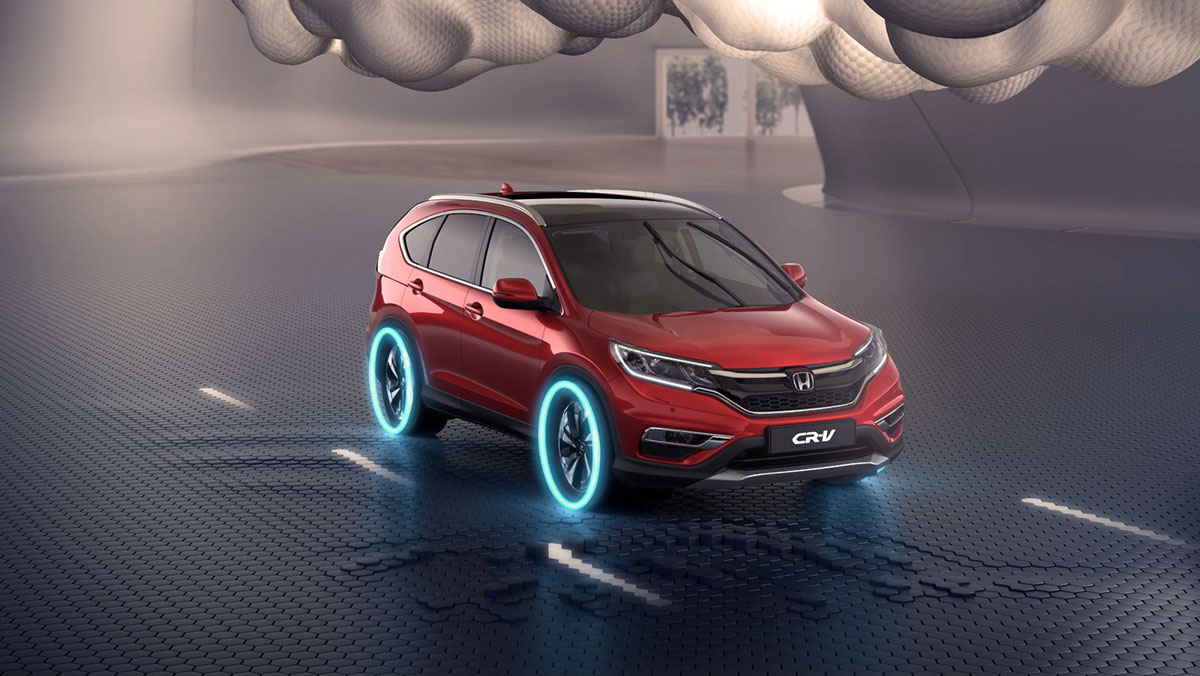
Car buyers are more informed than ever before. The customer journey is no longer linear, and audiences are free to conduct their own research as a generation of digital natives come of age. Millennials spend weeks planning out their purchases, scouring the internet for every vital data point and credible recommendation. According to market research by CDK Global, millennials spend more than 17.6 hours shopping for cars online before ever stepping foot in the dealership by which time these buyers have already made their decision and only wish to confirm it in-person.
This shift in approach to car-buying has meant that marketers have had to be smarter about reaching their audience. Content needs to be richer and resonate with potential customers across every available media channel — while there’s still time to potentially influence their decision. To differentiate and stand out from their competitors, the online experience now needs to be more tailored to their aspirations, personality, and lifestyle in an emotionally engaging way whilst also communicating benefits and features. This is because the purchase decision is ultimately emotional, and the bigger the purchase, the bigger the emotional loading, even though we post-rationalise our decision. This is known as an “intellectual alibi.”
As seen in other industries, CGI has proven to be a powerful tool, not only for facilitating and inspiring a broader and more creative array of marketing concepts, but also for developing more efficient campaigns that can be easily customized to different markets and demographics. With absolutely seamless, photorealistic CGI work, marketers can overcome the need to shoot with a physical prototype, reducing the time to market and reducing the costs of a traditional car shoot, both to their budgets and to the planet.
With some carmakers, shooting cars and environments with practical photography is a philosophical belief that is ingrained in the company due to the fact that they make physical products. The irony is that the cars are ultimately designed, engineered, and made using computers at every stage. Others are more open to full-CGI marketing imagery, and the technology and artists have advanced to the point where the differences are indiscernible and quality assets can be created at high volumes across all touch points to provide marketers with more options than ever before. We call this approach ‘virtual photography,’ preparing complex CAD data from the manufacturer to create a fully virtual version of a car in all grades, colours, and trims, which means we can deliver the full range of marketing materials from stills to motion — without a hint that it’s been digitally built.
However, it doesn’t have to be a choice between polar opposites. In fact, a photo/CGI hybrid approach allows companies to have the authenticity of real car photography while still enabling the ability to replace backgrounds and environments with ease.
Through virtual environments, automotive brands can now choose any kind of space in which to feature their cars, then drop a 3D model of the vehicle within. You can capture the car from any angle within the space and customize it as necessary, allowing the brand to have its own environmental assets that are completely unique — with zero need for shoots, permits, chasing the light or closing down locations. Keeping in mind that photoshoots usually involve moving vehicles for long distances and many people flying to remote locations, which ups the carbon footprint of each car shoot, virtual environments represent a more sustainable solution.
Better yet, brands can swap out textures, lighting, and assets at will to create different marketing campaigns, each with distinctive signage or backgrounds from specific regions. One campaign could be infinitely customized to reach an immense array of potential customers. Paired with our proprietary service — which measures nonconscious, emotional responses to marketing imagery — brands can access previously hidden insights to help optimize their visual assets and maximize perception before a campaign even runs.
We previously worked with Honda and DigitasLBi to deliver the award-winning “Real View Test Drive” campaign, which significantly boosted engagement from consumers — and now we’re working with Honda again to spotlight its new E electric car using real-time CGI technology, to deliver an empowering level of interactivity and customization, educating and engaging consumers as they experience the car from literally anywhere.
Modern buyers are increasingly eager to have a personalized experience before they reach the dealership, and online configurators have typically been the way to deliver on that. Through a website or app, automotive brands will typically serve up still images of their car over a white background as the simplest way to show the full complement of options — an environment the car will never be seen in for real. Users can then customize this car with a range of colours, grades, and accessories, viewing the desired vehicle from several fixed angles. A traditional configurator works by housing potentially thousands of layered still images and then serving them up as requested. It’s functional, but not especially engaging.
The traditional configurator is due for a modern makeover, and real-time WebGL is the key. The code-based technology isn’t new, but clients are finding new and useful ways to harness it to deliver more immersive interactive experiences. Rather than click through still images, a real-time online configurator can deliver a truly comprehensive and more immersive look at a 3D model of the vehicle because there are no images stored on a server, letting users spin it around, try out different colours, wheels, and options. Best of all, WebGL code doesn’t require a super-powerful PC computer or special software — it can run smoothly on 99% of mobile and tablet devices.
CGI has elevated the purchase experience for audiences and is now enhancing it further when combined with real-time technology, bridging the gap between configurators and the interactivity of gaming technology. It is likely to make consumers spend more time on a brand’s website — and ultimately deliver much better ROI from a digital content campaign.
Image source: Saddington Baynes